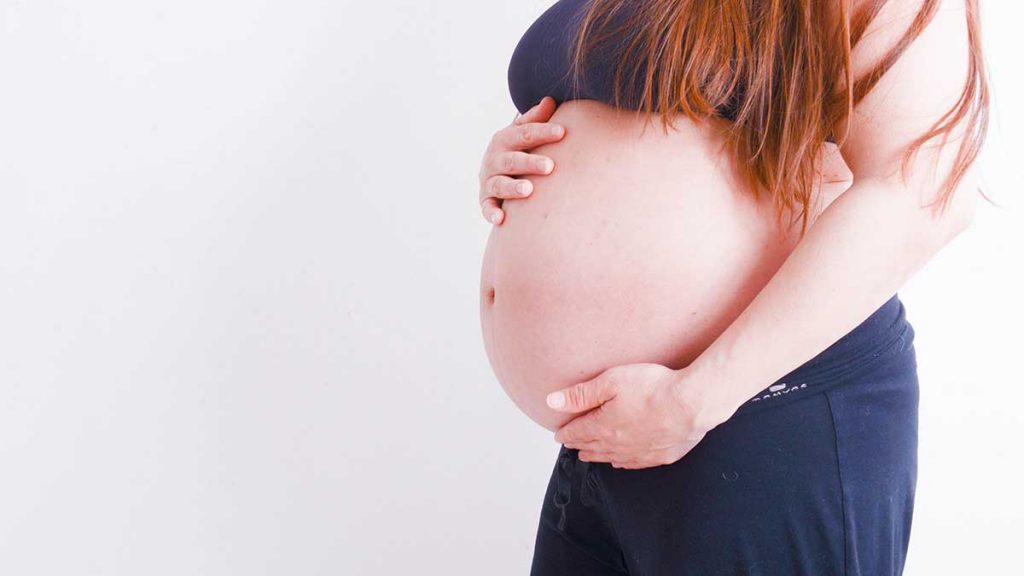By pregnancybirthbaby.org.au
There are many ways to reduce pain in labour without medicines. Each method has advantages and disadvantages. Choose one or more that suit you.
Active birth
Staying active is one of the most helpful things you can do to manage the pain of labour and birth. Moving freely and rocking your pelvis can help you to cope with the contractions.
Massage and heat
Massage and hot packs can ease your pain in labour. Massage helps distract you from the pain. Heat packs can help your body release its natural painkillers — endorphins.
Water immersion
Most hospitals and birthing centres will have facilities that allow you to have a bath or shower during the first stage of labour.
Many women find that being in a warm bath is relaxing and helps them to cope with the contractions. You might also find having a shower can help with any back pain you might be experiencing.
Having a bath or shower to ease pain during labour is not the same as having a water birth. Not all hospitals are equipped for water birth. Your midwife and doctor need to be specially trained and they need to be able to get you out quickly if there is a problem with the birth. Check with your hospital well in advance to see if this option is available to you.
Relaxation
You can use different relaxation techniques to ease pain. Some people like music, some like meditation, some like incense. Generally, relaxation techniques help ease pain in labour. Just check that the hospital or birth centre can cope with your plans.
Aromatherapy
Essential oils are used with massage or heated over a burner. There is no evidence aromatherapy provides pain relief, but some women find it pleasant. If you’re thinking of using aromatherapy, check that your hospital or birth centre allow it.
Acupuncture
Acupuncture can reduce pain in labour and reduce the need to use forceps. It is not clear how it works. There are no known side effects of acupuncture for mother or baby.
Only a trained person should perform acupuncture. Not all hospitals have an acupuncture therapist on staff. You may need to discuss arranging your own practitioner.
TENS
A TENS machine uses two electrodes stuck to your skin. They are usually attached to your lower back. The machine sends a small electric current through your body. It is generally safe for mother and baby.
While there is no harm is using a TENS machine, there is not a lot of evidence to show TENS works to reduce pain, but some women find
it helpful.
A TENS machine is not suitable for everyone. People with a pacemaker should not use one, and the use of TENS before 37 weeks’ gestation should be avoided.
They can’t be used in the shower or in water. Not all hospitals or birth centres have them.
Sterile water injections
Sterile water with no medicine in it can be injected under the skin of your lower back to deal with lower back pain.
It may sting but there are no side effects for you or your baby.
Some women have found these injections helpful. It is not clear how they work, or whether they work very often. You may still need other pain relief.
Sources: Royal Australian College of Obstetricians and Gynaecologists (Pain relief in labour and childbirth), Cochrane (Pain management for women in labour – an overview), King Edward Memorial Hospital Obstetrics & Gynaecology (Clinical practice guideline, Pain management), The Royal Women’s Hospital (Managing pain in labour), The Royal Women’s Hospital (Active birth), The Royal Women’s Hospital (Water birth at the Women’s)

